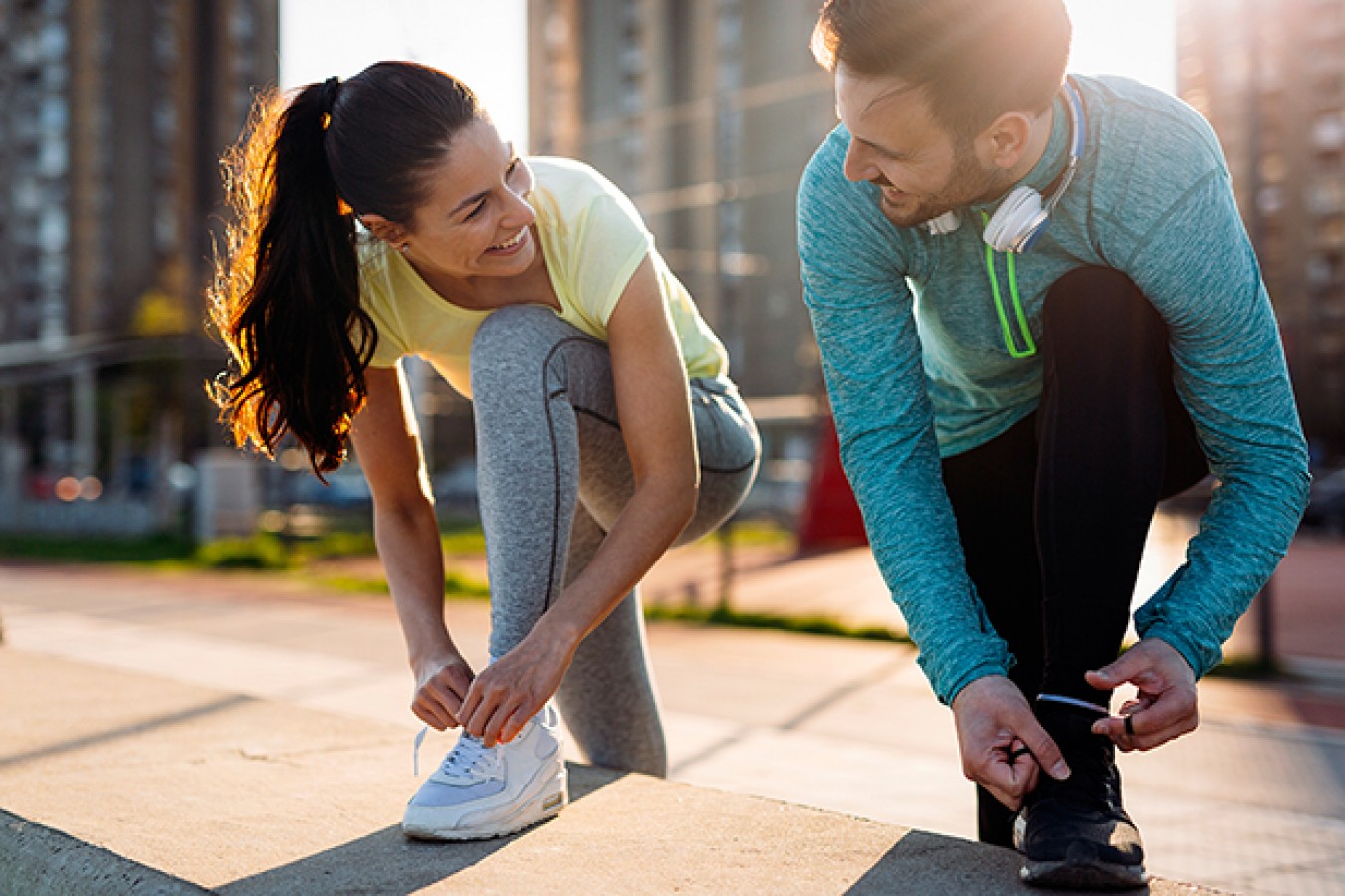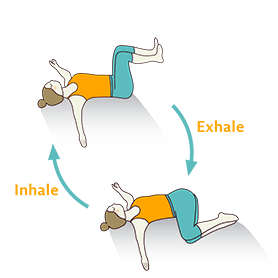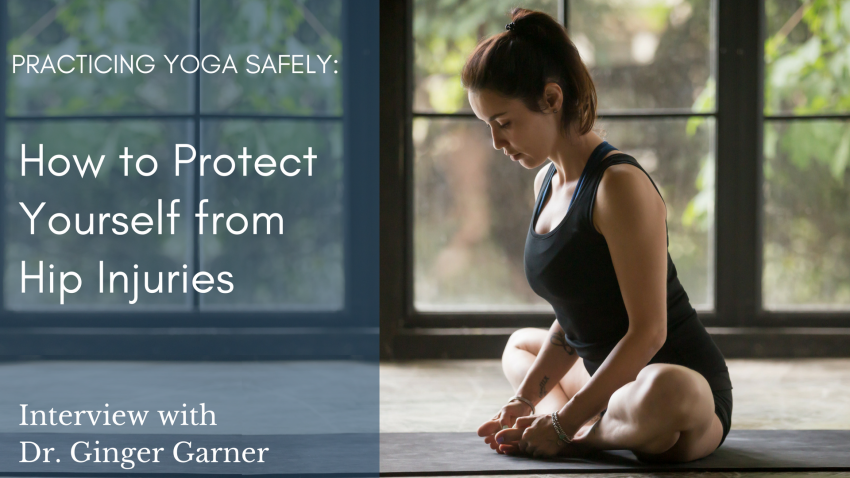
Yoga is an excellent exercise for your back. The postures help stretch the spine and lengthen the muscles, improving your posture. It may surprise you to learn that strengthening your abdominal muscles can also reduce the burden on your back. Stretching can also increase flexibility, and stimulate blood flow in tight muscles. These benefits don't just apply to yoga. Continue reading to discover some of the most common postures to ease back pain.
The pose of a child
The child's pose to relieve back pain due to the fact that the body's weight pulls it into the pose, is called a difficult asana. To ensure a comfortable and safe practice, consider using rolled towels to support your knees and hips. Keep your arms straight and your chest open to relieve your shoulder and chest pain. To balance your weight, you can use a bolster.
This pose can be difficult but it is a great way for flexibility to increase and ease tension in the lower back. The trick is to bend your knees and touch your big feet. Keep your lower arms muscles open and engage your core. This will help make the posture feel even more peaceful. As with any yoga pose, there are some modifications to this one. This child's position should be done while you are kneeling or on the back.

Pose of the Sphinx
Sphinx poses are a great way to strengthen your shoulders and lower back. It is a great beginner pose for back pain and also serves as a conditional pose after spine surgery. Sphinx pose can be described as a variation on the yoga pigeon. The torso is lifted off the floor, and the legs are rotated inward. For five to ten minutes, hold the pose and exhale.
The sphinx pose strengthens the lower back, shoulders, and gluteus muscles. Beginners should start with beginner-level poses and stop when the pain increases. The Sphinx position is great for sciatica pain and lower back stretch. Start by lying on your back with your knees bent. Keep your arms and forearms near your sides. This pose strengthens the back muscles and aligns the spine into the proper position.
Downward-facing dog
The Downward-facing dogs are a great way to strengthen the lower back. Begin by standing on both your hands and feet, your knees bent, and your shoulders relaxed. Begin by stepping forward with your feet and pushing your heels toward the floor. Keep your body weight evenly distributed on both feet. You can hold this position for around five breath cycles by bending your knees. The sequence can be repeated five more times after the initial five.
Do the Downward-facing dog with your shoulders down and your elbows extended. Externally, your arms should be extended. For a few seconds, you can hold the position. If your back is troublesome, alternate pressing your heels into a mat with lifting your heels toward your chest. This yoga exercise will help increase hamstring flexibility and stretch the lower back.

Downward-facing triangle
The Downward-facing triangle exercise for back pain is a basic yoga posture that works on the balance and flexibility of the back muscles. You should consult your doctor if this pose is recommended for you if you are suffering from back pain. This pose is not recommended for anyone with a neck injury or back pain. It involves twisting and bending, which can cause problems. However, if you are in good health, this pose can help ease your back pain and discomfort.
Begin by placing your feet at about four feet apart. Bend the left knee, then bend the right leg. Imagine a line connecting right heel and left arch. Exhale while bringing your left leg parallel to the floor, and your right arm up. Continue to alternate your left and right arms. Keep your legs straight. You can hold this pose for about a minute. Then, move to the opposite side.
FAQ
Can yoga be used to manage pain?
People with chronic back pain may find yoga a helpful treatment. It can help them increase flexibility, balance and strength as well as reduce stress levels.
As with any exercise program, check in with your doctor before starting a yoga routine.
Can women do yoga?
Absolutely! All women are welcome to do yoga, regardless of gender.
Yoga is available in many different styles, for both men as well as women.
What type of yoga are you looking for?
Yoga is great for all fitness levels and ages. It's a simple way to stay healthy and fit. People who have tried yoga report feeling healthier both physically and mentally. People who have tried yoga say they feel calmer and happier.
Yoga is more than just exercise. It's a lifestyle that involves breathing exercises, stretching and meditation.
There are many types of yoga. Some focus on strength training, while others concentrate on relaxation.
The type of yoga that you want depends on your goals. If you want to improve flexibility, then try Iyengar yoga. Or if you want to tone your muscles, go for Ashtanga yoga.
How long does it take to become a yoga pro?
It depends on the style of yoga you are practicing. Some styles are slower than others. Even if you are just starting, you can still expect to improve.
The more you practice the better you'll get. After a few weeks of consistent practice, you will notice improvements.
What is yoga?
Yoga is based upon alignment, breath control. Meditation and stillness principles. It can create a sense of calm and peace within the practitioner when it is done correctly.
The first step in any yoga class is to warm up your body. For example, you might do forwarding and backward bends (bending forward), side bends (bending down), twists, or side bends. These moves are great for loosening tight muscles and preparing you to do deeper poses.
Next, we will do the balancing pose "standing". Standing with your feet straight, keeping your arms straight, the "standing" pose requires you to look toward the ground. Your body should feel rooted and centered.
The most important part is the next: deep stretching poses. To do these poses, lie face-up on a flat surface and lift your legs. You can keep your balance by holding onto something sturdy to stop you falling. If you don’t own anything to grab, you can place your hands on the ground.
After you have completed all the poses, you will be able to move into a series if standing poses. These are the mountain pose and warrior pose as well as the downward facing dog, upward facing dogs, plank pose and last pose.
It is important to slow down and breathe deeply when you do yoga. Deep breathing will not only purify your lungs but will also calm your mind. Concentrate on your inhales, and exhales to do this. Try counting every time your take a deep breath.
Even while cooking, you can do yoga anywhere! Just follow the same steps above, but sit upright instead of lying on the ground.
Yoga can be done in 10 minutes a day, if that is all you have. You can still benefit from yoga, regardless of your age.
Statistics
- Start your Fall off right with 20% off All Access Membership when you sign up by 9/25! (corepoweryoga.com)
- Gentle yoga has been shown to ease some of the discomforts of tender, swollen joints for people with arthritis, according to a Johns Hopkins review of 11 recent studies. (hopkinsmedicine.org)
- According to calorie estimates calculated at Harvard Medical School, the average 125-pound person burns about 120 calories in a half hour of hatha yoga, and a 185-pound person burns about 178 calories in that half hour. (everydayhealth.com)
- The American Psychological Association recently shared that 84% of American adults feel the impact of prolonged stress (5). (healthline.com)
- About one in seven U.S. adults practiced yoga in the past 12 months, according to a 2017 national survey. (nccih.nih.gov)
External Links
How To
Is yoga a good workout?
Yoga isn't just for people who want to lose weight. It also helps you develop flexibility, balance, coordination, strength, focus, and calmness.
Yoga is more than just exercise. It's also an art form. The poses are used as a way to relax and meditate. They can improve our posture, concentration and breathing.
Yogis are those who practice yoga. Yogis follow various forms of yoga, including Hatha, Ashtanga, Iyengar, Vinyasa, Bikram, Kundalini, Yin Yang, and Restorative.
There are many types of yoga, but they all have similar goals. Each type focuses differently on health and wellbeing. Some yoga styles include meditation, pranayama, and Hatha.
Some yoga exercises don't require you to have any equipment
-
Sun Salutation – The series of 12 positions starts with forward bend followed by 10 poses.
-
Warrior Pose - While holding a stick or staff, a warrior pose is done.
-
Triangle Pose: This is where one leg is lifted behind the other and you bend at your knees.
-
Standing Forward Bend: This pose involves sitting straight up on the ground and folding forward at your waist.
-
The seated twist is done while sitting on a mat or chair.
-
Cobra Pose – This is a pose where you lie flat on your back and raise your arms above your head.
-
Child's pose - This is when you are lying on your back, face up.
-
Cat/Cow Pose: This combination of a cow and cat pose is called the Cat/Cow Pose. Place your upper body on the ground and lie down. Place your hands on your shoulders and roll over to the side.
-
Head tilt - This is a pose where you tilt your head back while keeping your eyes open.
-
Shoulder Stand - This pose is standing upright with feet and arms raised above your head.
-
Tree Pose – This is a pose where you kneel on your knees and place your hands underneath your shoulders.
-
Bow Pose – This is when you bend forward from your hips and place your hands on the ground.
-
Corpse Pose – This pose can be held for up to five minutes.
-
Mountain Pose – This is a pose known as mountain pose. Your spine should be straightened and you must stand tall.
-
Legs up the Wall Pose – This pose involves hanging upside down from a wall.
-
Side Angle Pose – This is achieved by leaning against the wall and placing your right arm near the wall.
-
Plank Position – When you are lying flat on your stomach, and your left arm and right leg extend apart from one another, this is called the plank position.
-
Bridge Pose: This pose can be achieved by balancing on your elbows or toes.
-
Reverse Table Top Poses - To achieve this pose, lie on your stomach while reaching your arms toward your ceiling.
-
Handstand - This position requires balance and strength. To do this pose, you can either hold yourself between two walls or a door frame.
-
Half Moon Pose- Also known as Hero Pose. You can perform it by standing on your hands or toes.
-
Headstand (or Hold) - This requires strength and balance. You can perform this pose either on a wall or using a doorframe.
-
Forearm Balance – This is a pose where your forearms rest on a tabletop.
-
Spinal Twist- This pose involves lying on your belly and reaching your arms.
-
Supported Bound Angle Pose - This pose requires balance and support. To lean on a sturdy object, such as a tree trunk or an old beam, you'll need one.
-
Wide Leg Forward Fold – This is achieved by extending your legs out and touching your toes.
-
Single Pigeon Pose-This pose is very similar to the wide leg forward folded, but only has one leg.
-
Extended Puppy Dog Pose - This pose is very relaxing. It involves extending your legs outward and bent your knees.
-
The Forward Bend pose involves bending forward and squatting cross-legged.
-
Crow Pose: This pose is very difficult, but it's rewarding once you get the hang of it. It is done by raising your arms above your head and lowering them until they parallel to the floor.